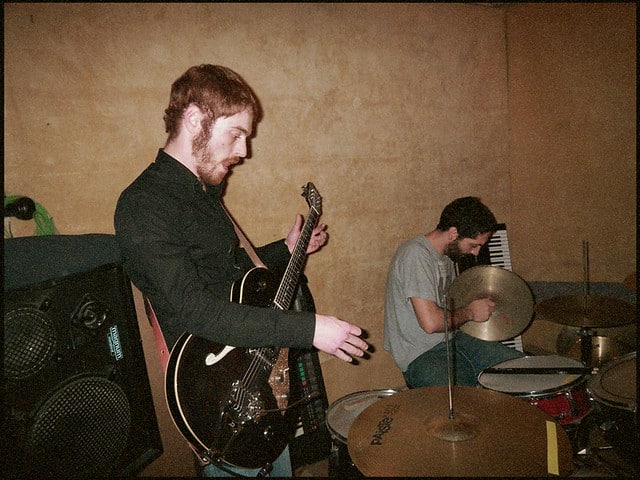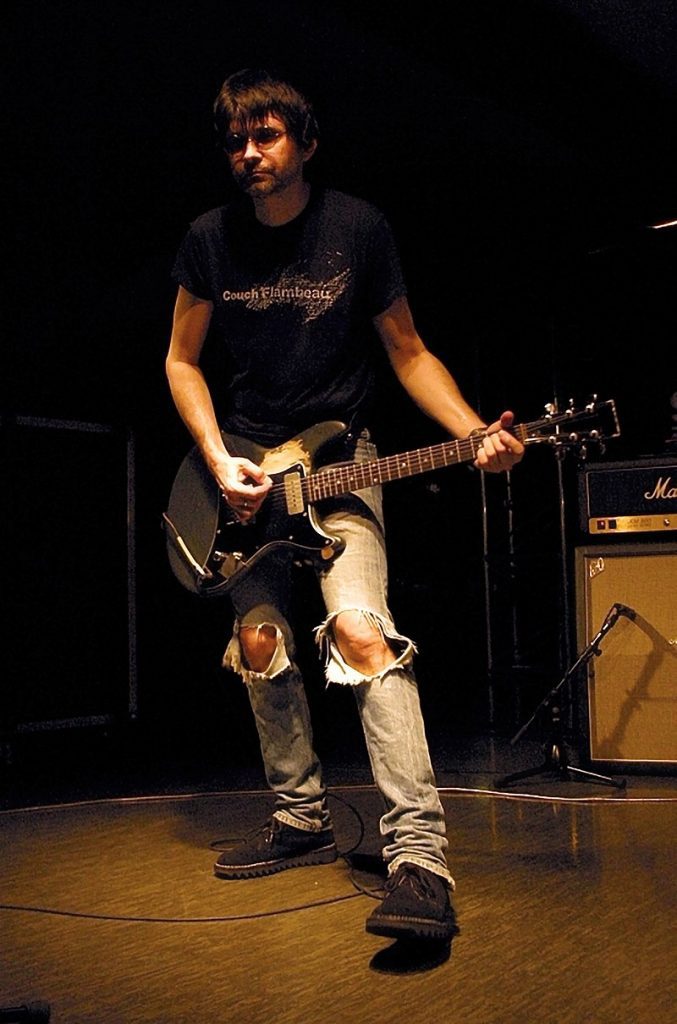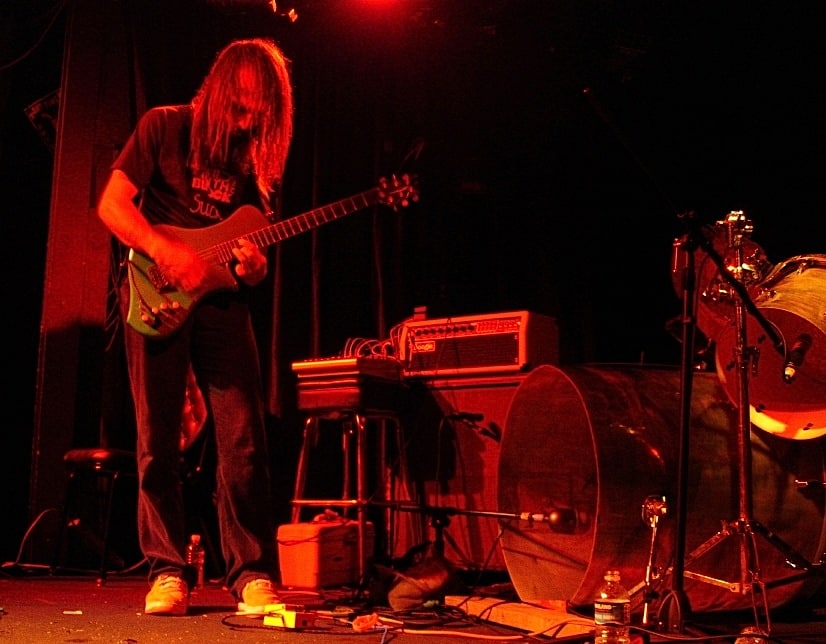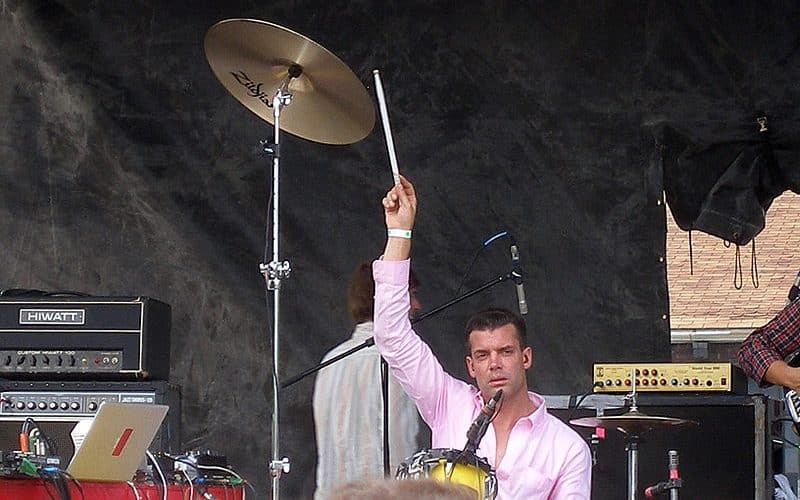With the plethora of genres, sub-genres and niches being thrown about by fans, music industry types and bands themselves, it can sometimes get a bit confusing staying on top of the new flavour of the month. Math rock, a derivative of alternative rock, progressive rock and post-hardcore music, has been around for quite some time, is ever-evolving and it doesn’t seem like it’s going disappear from the music radar any time soon.
But what is this mathematical rock music? Well, read on, and I’ll tell yer!
What Is Math Rock?
Math rock is just that – a sub-genre of alternative rock music that sounds quite mathematical. The interplay between instruments creates an algebraic, pythagorean mess of sound that can be hard to unravel – to the untrained ear. Band members rarely accentuate the parts of their colleagues, preferring to create instead a dynamic web of music that is constantly moving and evolving.
Why Is It Called Math Rock?
The term math-rock refers to the unconventional time signatures and rhythmic patterns used by bands to create often jarring, syncopated, but also very danceable music. Meter such as 5/4, 6/8, 7/4 and many others have been used by bands often in combination with alternating time signatures at the same time. The drummer may be playing a 4/4 beat while the rest of the band overlay it with 6/8 to cause the listener to feel like something is “wrong” while everything fits perfectly.
Listening to math rock for the first time can sometimes feel like attending a university math lecture for the first time. You can see the blackboard, but the numbers and symbols don’t make any sense! Math rock can be an acquired taste, but once you get it, you feel it and it never let’s you go!
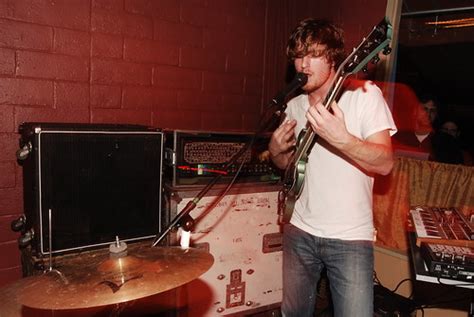
What Are The Main Elements Of Math-Rock?
1. Odd Time Signatures and Mixed Meter
Math rock’s absolute identifier is the use of odd time signatures and mixed meter. Instruments often oppose each other rhythmically creating syncopation and a jarring feel. The listener is often torn between the drums, guitars and bass, as each instrument is playing a different rhythm or time signature. The focus is on the collective and the interplay between each part.
2. Modern Math Rock is often (but not always) Instrumental
There are many exceptions to this rule, but modern math-rock bands tend to be purely instrumental. Each instrument and band member is given equal space to perform, without the prominence of a lead singer, lead guitarist or songwriter. A math-rock band is the sum of it’s parts (pun intended).
This has by no means always been the case – the forerunners of the genre featured vocals as a prominent part of their music.
Instrumental math rock bands focus more on sound textures and rhythms than melodies and hooks. The mechanical sound is achieved by playing each instrument rhythmically rather than harmonically. The use of dissonance is widespread, more so than in any other genre of rock music.
3. Organic, Minimalist Music Production
To go with the humble, lowbrow vibe, the production of math rock is traditionally minimalist and organic. Guitars sound like guitars, drums are clean and sound like acoustic kits. Math rock records are often recorded live, giving them an in-your-face, organic sound.
There are exceptions to this rule, with many bands of the past 20 years using effects such as synthesizer pedals to mask the sounds of their instruments and create new textures. Bands such as Battles have perfected this art, turning guitars and vocals into completely foreign-sounding mechanical instruments.
4. Progressive Song Structures
Just like the related genres progressive rock and post rock, math rock uses song structures that deviate from the norm of intro, verse, chorus, etc. The tracks are generally of a progressive nature, meandering from one part to another, building up intensity and then backing off again, often with surprising breaks and interludes.
There is no one true song style in the math rock genre, each band creatively builds whatever soundscape, groove or cacophony they need, disregarding all norms and conventions. Some bands stick to a more conventional style, yet blend in their own rhythmic and instrumental elements. It is fair to say most math rock bands create dynamic and ever-evolving songs, always keeping their listeners on their toes.
